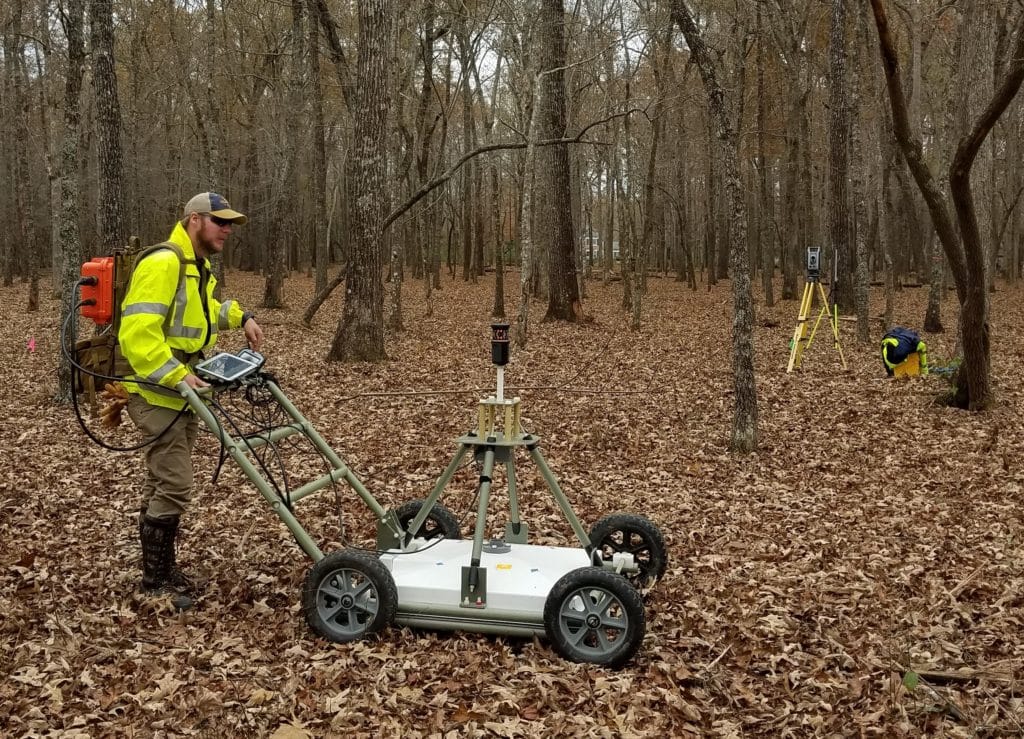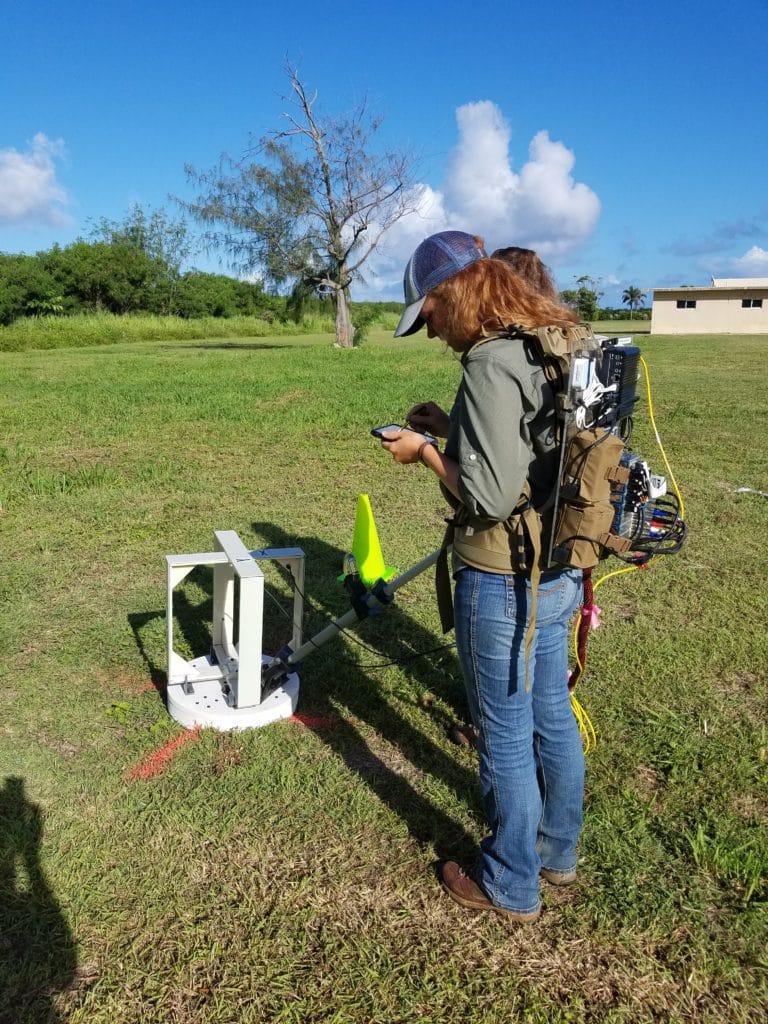When in doubt, you dig.
That was the rule in the investigation of unexploded ordnance (UXO). Also known as Explosive Remnants of War (ERW), UXO are explosive munitions – which can include bombs, grenades, and cluster munitions – that did not explode when deployed and can still pose a detonation and contamination risk.
It’s a world-wide concern. This June, in the middle of the night, a huge explosion woke the town of Limberg, Germany when an old World War II bomb exploded in a farmer’s field. It left a 10 m crater and 1.7 Richter scale tremor in its wake. In July, UXO (likely used for historical avalanche control) was discovered by alpinists as they were scaling Mt. Athabasca in Jasper National Park in Alberta, Canada. Fortunately in both of these cases, no one was hurt.
But that’s not always the case. This August, two brothers were killed and their sister was significantly injured when UXO detonated on a farm in West Darfur. And in just the first half of 2019, Cambodia recorded over 60 UXO-related casualties.
UXO in the U.S.A.

The importance of UXO cleanup work cannot be overstated. For Amy Walker, a quality assurance geophysicist at the U.S. Army Corps of Engineers in Huntsville, Alabama, public safety has been one of the greatest motivations during her 18-year career.
“We’re ensuring the safety of the people,” Amy said. “When you see these clean-ups going on in people’s yards and around schools, we know we’re making a difference. It’s something that needs to be done. And if it’s going to be done, my role in the project is to make sure it’s done right.”
In the United States, UXO can be found at both active military training grounds and formerly used defense sites (FUDS); the latter often being used for army training and testing during World War II.
The U.S. Army Corps of Engineers in Huntsville supports work on a variety of such sites, including FUDS.
“These sites can be hazardous, even though it’s been a long time since the munition was first fired,” Amy said. “Oftentimes these training sites were built during wartime. There were camps or forts all around the country, and they were out in the middle of nowhere. But since that time, development has encroached and now many of these places that are potentially contaminated with UXO are in neighborhoods, or closer to where people have more access.”
To tackle this under one program, the United States Department of Defense launched the Military Munition Response Program in 2001, of which Amy’s team is a part.
“The program is working to remediate this hazard or this risk,” said Amy. “We work in phases, with characterisation studies first to determine nature and extent of the problem, followed by remedial actions to clean up the UXO.”

Danger below our feet
In the early 2000s, UXO detection technology was just starting to mature. Essentially, all investigations of UXO are dependent on having high-quality field data. But this was complicated for a few reasons.
First, it doesn’t take much to skew the data and lose data integrity. During data collection for UXO projects, simple things like instrument noise, steel-toed boots, jangling keys in the operator’s pocket, and flopping cables can all result in inconsistent data. Second, geophysical mapping is almost always done by contractors, and at that time, they all used different methodologies and tools for data collection.
To combat these challenges, the U.S. Army Corps of Engineers in Huntsville teamed up with Geosoft (now part of Seequent) with the support of the Environmental Security Technology Certification Program (ESTCP). Over a number of years, the teams worked together to develop specific tools for data quality assurance and quality control, now in Seequent’s UXO Land product.
“There’s really no other software that’s readily available that offers the data analysis tools we need,” said Amy. “We have requirements in our contracts for very specific and very tight data quality requirements, and we need to be able to trust that the software is performing the tests correctly.”
A safer future with software
Today, there is a new paradigm in UXO cleanup projects. Building on the successful partnership with the US Army Corps of Engineers and ESTCP, ongoing work continued beyond the data quality tools to develop other innovative technology.
This includes tools in Seequent’s UX-Analyze product, which enables analysts to classify targets and determine if they are or aren’t UXO (or if they’re more likely to be pieces of scrap metal that are commonly littered throughout military test ranges). UX-Analyze, in combination with advanced geophysical classification instruments, has been shown to stop excavation of up to 90% of non-UXO targets that would have been previously dug up – saving significant amounts of time and money on clean-up projects.

“We know what these munition items will look like in the data… It’s like getting a ‘fingerprint’ of the item,” Amy said. “We compare the recorded data to a library of known munition items, and if it’s a close enough match, then we’ll dig it up.”
This new approach is now mandated by the US Army Corps of Engineers for all FUDS cleanup projects, except in special cases.
These data quality and classification tools, alongside new technologies like drone surveys and detonation robots, help nations and teams make better decisions when it comes to public safety. For UXO teams these days, there’s less doubt when they dig.





